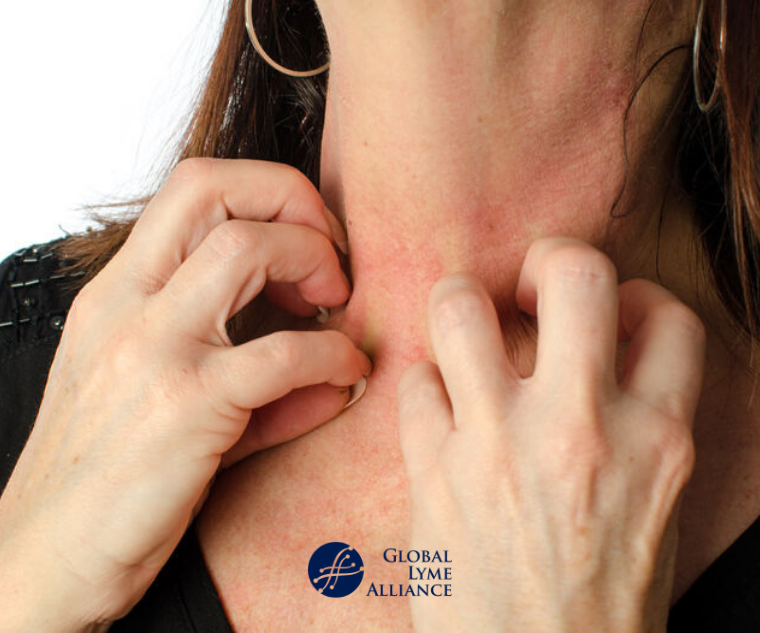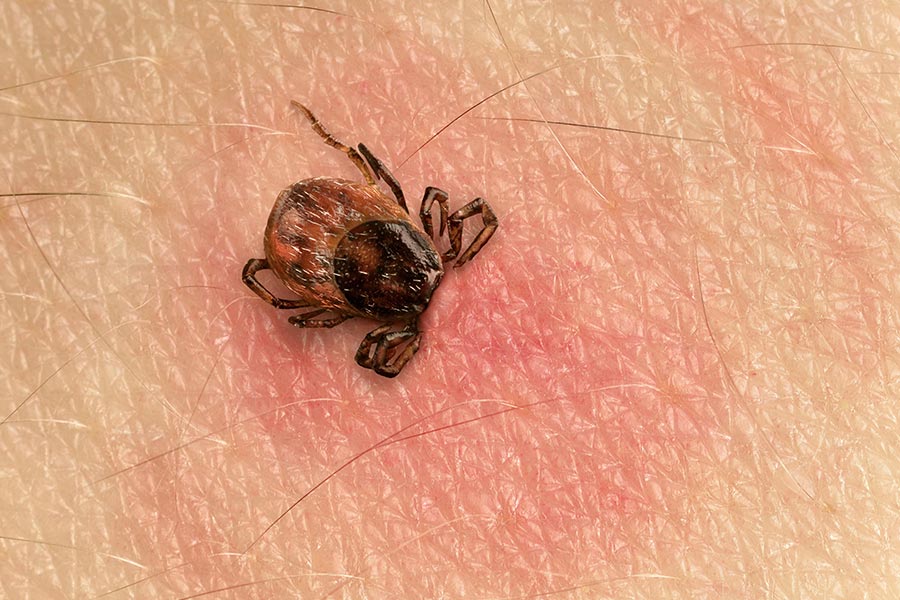How the Lymecare Alliance Supports Lyme Illness Understanding Efforts
How the Lymecare Alliance Supports Lyme Illness Understanding Efforts
Blog Article
Recognizing Lyme Disease-- Necessary Recognition for Prevention
Lyme illness continues to be a significant public health and wellness problem, primarily transferred via the attacks of infected ticks, particularly in regions with thick plant life. Understanding its transmission, signs, and precautionary actions is essential for reducing dangers related to this possibly debilitating illness. The early identification of Lyme illness is important, yet several people remain unaware of its manifestations or the environments that position the greatest danger. As we check out the ins and outs of this illness, one need to take into consideration not just the clinical ramifications however likewise the functional steps for reliable prevention. What techniques can genuinely secure versus this covert risk?
What Is Lyme Disease?
If left neglected, Lyme disease can proceed to a lot more severe phases, possibly affecting the joints, heart, and nerves. Individuals may experience arthritis, neurological issues, or cardiac problems. The illness can be challenging to detect, as its signs can mimic those of various other diseases. Analysis techniques generally entail a combination of professional examination and laboratory screening, including serological assays to identify antibodies against Borrelia burgdorferi.
Timely acknowledgment and therapy are important in taking care of Lyme illness and protecting against problems, with very early antibiotic treatment typically causing favorable results.
Just How Lyme Disease Spreads
Lyme illness mostly spreads out through the bite of infected black-legged ticks, additionally called deer ticks, which carry the germs Borrelia burgdorferi. These ticks are generally found in verdant or woody locations, frequently living on hedges or reduced vegetation. They need a blood meal from a host, such as people or pets, to replicate and grow.
Transmission typically occurs when ticks connect to the skin and stay for an extended duration, normally 24 to 2 days. The threat of infection raises with the period of attachment, as the bacterium is transmitted from the tick's saliva into the host's bloodstream. Ticks can be active throughout warmer months, particularly in springtime and summer, making outdoor activities a potential risk for exposure.
While black-legged ticks are the key vectors, various other varieties, such as the Western black-legged tick, can additionally send Lyme condition. It is vital to be cautious in locations where ticks are widespread. Preventative procedures consist of using protective clothing, using tick repellents, and performing detailed tick checks after exterior tasks to minimize the possibility of bites and succeeding transmission of Lyme condition.
Signs and Diagnosis
Acknowledging the signs of Lyme disease is crucial for prompt diagnosis and treatment, as very early intervention can considerably impact recuperation. The most recognizable very early sign is the erythema migrans rash, which shows up as a circular, red sore with a main clearing, usually appearing like a "bull's- eye." This rash typically creates within 3 to one month after a tick bite and may be come with by flu-like symptoms such as fever, chills, fatigue, muscle aches, and frustrations.

Medical diagnosis of Lyme disease largely depends on clinical analysis, taking into consideration the person's symptoms and possible exposure to ticks in native locations. Laboratory examinations, consisting of enzyme-linked immunosorbent assays (ELISA) complied with by Western blot examinations, can support the diagnosis yet are not definitive in early-stage Lyme illness. Motivate recognition and medical diagnosis are important for starting appropriate antibiotic therapy, which is most efficient when carried out early in the disease program.
Prevention Methods
Protecting against Lyme disease requires a positive technique, specifically for people that hang around in locations where ticks prevail. The first line of defense involves wearing suitable clothes, such as long pants and long sleeves, preferably made from firmly woven fabrics - Lymecare Alliance. Light-colored clothes can help in finding ticks much more easily. Additionally, tucking pants right into socks and making use of tick-repellent items having DEET or permethrin can dramatically lower the danger of tick accessory.
On a regular basis checking oneself, children, and pets for ticks after outside activities is crucial. Ticks needs to be without visit the site delay eliminated using fine-tipped tweezers, realizing them as near to the skin's surface as feasible. It is a good idea to bath within two hours of returning indoors, as this can assist eliminate ticks prior to they connect.

Therapy Options
Reliable monitoring of Lyme disease hinges on proper and prompt treatment options, which largely involve antibiotic treatment. Early local Lyme disease is frequently treated with oral prescription antibiotics such as doxycycline, amoxicillin, or cefuroxime axetil for a period of 10 to 21 days.
In instances of very early distributed Lyme disease, where neurological or cardiac signs may develop, a much longer course of intravenous prescription antibiotics or oral anti-biotics may be required. For individuals experiencing persistent signs and symptoms after first treatment, understood as Post-Treatment Lyme Illness Disorder (PTLDS), a more intricate monitoring strategy might be called for. This can involve a multidisciplinary approach, addressing not just the physical signs and symptoms but additionally mental elements, as tiredness and cognitive problems prevail.
It is important for people to participate in open communication with their medical care suppliers to customize treatment strategies to their particular demands, making certain the best feasible results in the monitoring of Lyme illness.
Conclusion
Lyme illness positions considerable health risks mostly due to its transmission using infected black-legged ticks. Early recognition of signs and symptoms and timely diagnosis are essential in managing the ailment effectively. Executing safety nets, such as protective garments and tick repellents, significantly decreases the likelihood of infection. Proceeded awareness and education about Lyme condition are necessary in minimizing its impact, thereby promoting healthier communities and safeguarding public health and wellness versus this prevalent tick-borne health problem.
Lyme illness primarily spreads with the bite of contaminated black-legged ticks, additionally known as deer ticks, which bring the germs Borrelia burgdorferi. Lymecare Alliance.While black-legged ticks are the primary vectors, various other species, such as the Western black-legged tick, can additionally send Lyme condition. Preventative procedures consist of wearing protective clothing, using tick repellents, and conducting detailed tick checks after outdoor activities to reduce you can try this out the likelihood of bites and subsequent transmission of Lyme illness
Medical diagnosis of Lyme illness mainly counts on clinical assessment, taking right into account the client's symptoms and prospective exposure to ticks in endemic locations.Lyme condition positions considerable health dangers mainly due to its transmission by means of infected black-legged ticks.
Report this page